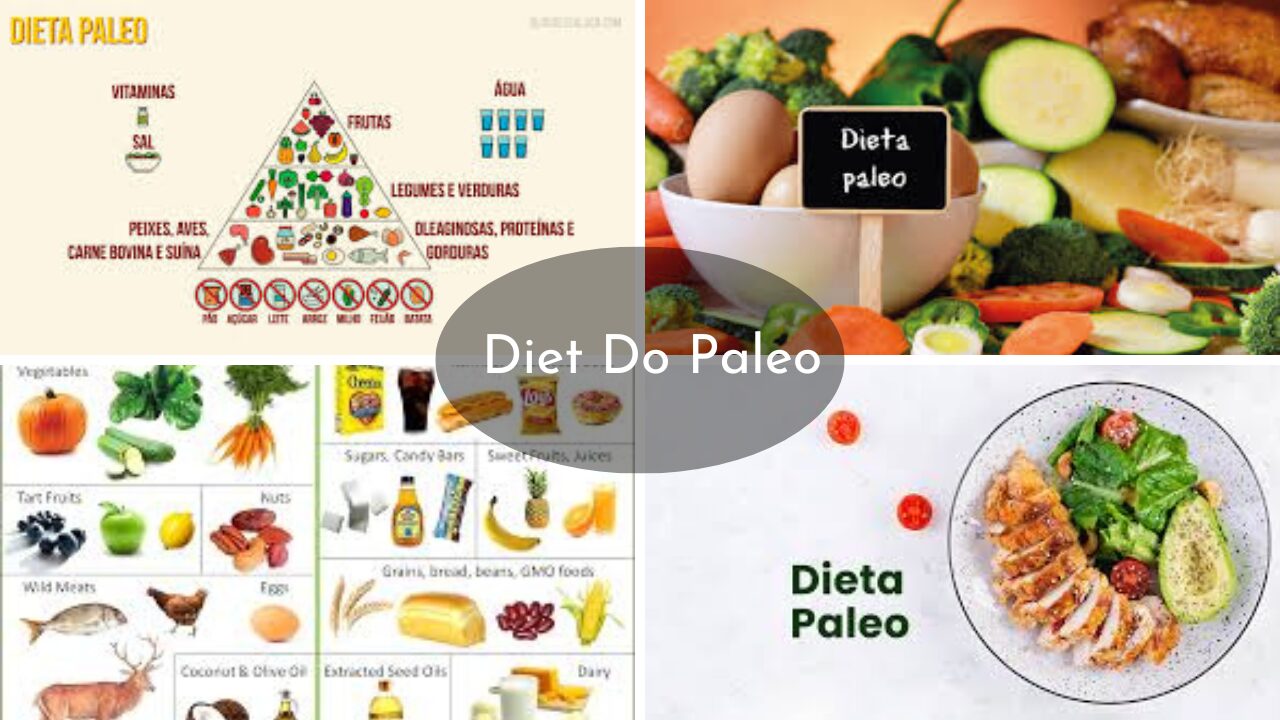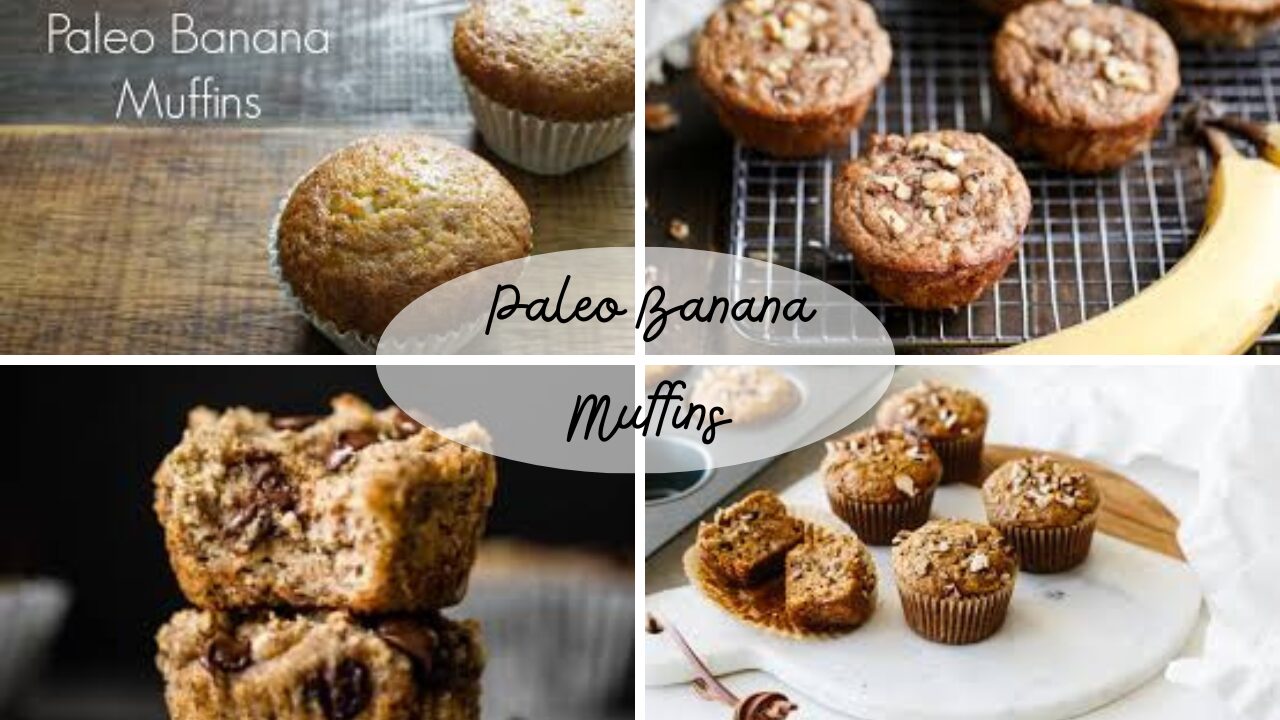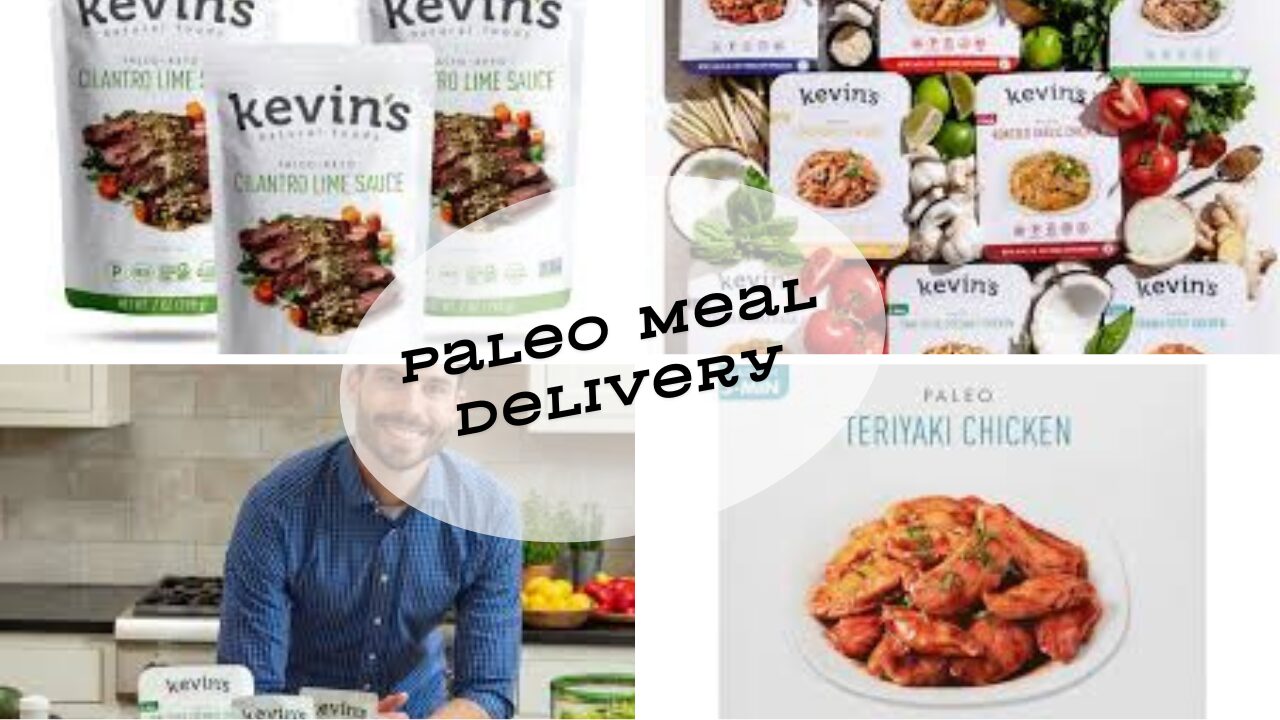What is Paleo? Your Comprehensive Guide to the Paleo Lifestyle
Introduction
Paleo is what? The Paleo diet, also called the “caveman diet,” is a nutritional strategy based on the eating patterns of our ancestors. A dietetic regimen based on the food patterns of our prehistoric forebears. While excluding processed foods, wheat, dairy, refined sugars, fruits, vegetables, nuts, and seeds, this diet strongly emphasizes whole foods and lean proteins. We’ll go into the foundations of the Paleo diet, its advantages, and how to adopt it into your life for the best possible health and well-being.
Understanding the Paleo Diet
The Origins of the Paleo Diet
The Paleo diet is influenced by the nutritional habits of Paleolithic people who lived between 2.5 million and 10,000 years ago. Proponents of this diet think that by eating like our ancestors, we may improve our health, minimize the risk of chronic illnesses, and obtain a slimmer physique.
Key Principles of the Paleo Diet

- Whole Foods
- Emphasis on unprocessed, natural foods.
- Lean Proteins
- Includes meat, fish, and poultry.
- Fruits and Vegetables
- Wide variety of fresh produce.
- Healthy Fats
- Nuts, seeds, and good fats like coconut and olive oil.
- Exclusion of Grains and Dairy
- Avoids foods that were not available to early humans.
Benefits of the Paleo Diet
Improved Nutrient Intake
The Paleo diet promotes foods that are high in nutrients. Strictly concentrating on whole meals raises your vitamin, mineral, and antioxidant consumption, which may improve your general health.
Weight Loss and Management
A lot of people use the Paleo diet to lose weight. You naturally cut down on calories while feeling filled for longer when you cut out processed meals and concentrate on lean meats and veggies.
Enhanced Digestion
Diets lower in dairy and wheat may support digestion and reduce the chance of gastrointestinal issues. Many Paleo dieters experience less stomach ache, bloating, and gas.
Increased Energy Levels
Sustaining energy levels throughout the day might come from focusing on healthy meals and balanced macronutrients. Better performance might result from this in regular chores and physical activity.
How to Get Started with the Paleo Diet
Transitioning to Paleo
Adopting a Paleo diet might initially seem intimidating. But the right approach can be a smooth and enjoyable process. Here are some tips to help you get started:
- Gradual Transition
- Slowly replace processed foods with whole, natural alternatives.
- Stock Your Pantry
- Fill your kitchen with Paleo-friendly foods to avoid temptation.
- Plan Your Meals
- Prepare weekly meal plans to stay on track.
Paleo-Friendly Foods
Here’s a list of foods you can enjoy on the Paleo diet:
- Proteins
- Grass-fed meat, wild-caught fish, and free-range poultry.
- Vegetables
- Leafy greens, cruciferous vegetables, root vegetables.
- Fruits
- Berries, apples, bananas, and citrus fruits.
- Nuts and Seeds
- Almonds, walnuts, chia seeds, and flaxseeds.
- Healthy Fats
- Avocado, olive oil, and coconut oil.
Foods to Avoid
To adhere to the Paleo diet, you should avoid:
- Grains
- Wheat, rice, oats, and barley.
- Legumes
- Beans, lentils, and peanuts.
- Dairy
- Milk, cheese, and yogurt.
- Processed Foods
- Fast food, junk food, refined sugars.
Tips for Maintaining the Paleo Diet
Eating Out on Paleo
Eating out while following the Paleo diet can be challenging but not impossible. Here are some tips to help you stick to your diet when dining out:
- Research Restaurants
- Choose restaurants with Paleo-friendly options.
- Customize Your Order
- Asking for changes to suit your diet is not a problem.
- Focus on Protein and Veggies
- Opt for dishes that feature lean proteins and vegetables.
Handling Cravings
Switching to a Paleo diet might be hampered greatly by cravings.. Here are some strategies to manage them:
- Stay Hydrated
- Sometimes, thirst is mistaken for hunger.
- Keep Healthy Snacks Handy
- Nuts, fruits, and vegetable sticks can curb cravings.
- Stay Active
- Exercise can reduce cravings and boost your mood.
Social Situations
Navigating social events can be tricky on the Paleo diet. To stay on track:
- Bring a Dish
- Contribute a Paleo-friendly dish to share.
- Communicate
- Inform your host about your dietary preferences.
- Focus on Fellowship
- Enjoy the company and conversation, not just the food.
Frequently Asked Questions
Q: Is the Paleo Diet Suitable for Everyone?
Though many individuals may benefit from the Paleo diet, not everyone can, particularly those with certain dietary requirements or medical issues. Making major dietary adjustments should always be done after consulting with a healthcare provider.
Q: Can I have cheat days on the Paleo Diet?
Occasional indulgences are okay, but frequent cheat days can undermine your progress. Try to maintain consistency for the best results.
Q: How Can I Ensure I’m Getting Enough Nutrients?
A well-rounded Paleo diet that includes a variety of fruits, vegetables, and proteins should provide sufficient nutrients. If concerned, consider consulting a nutritionist for personalized advice.
Q: Are there any paleo-friendly desserts?
Yes, many Paleo-friendly desserts are made with natural sweeteners, almond flour, and coconut milk. These can satisfy your sweet tooth without compromising your diet






